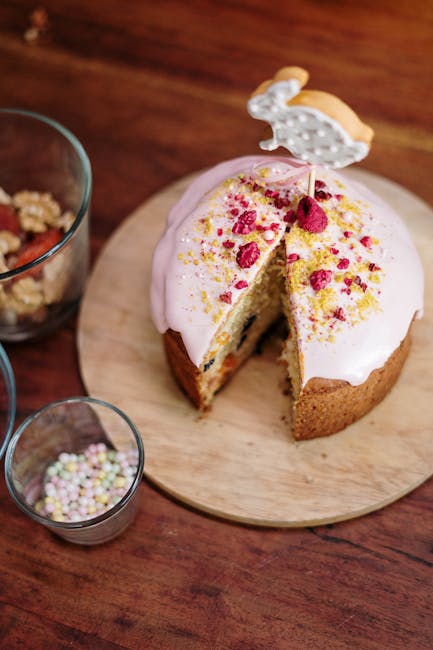
Best Ways to Feed a Large Breed Dog
Best Ways to Feed a Large Breed Dog
Understanding the Nutritional Needs of Large Breeds
Large breed dogs, such as Great Danes, Mastiffs, and Saint Bernards, have unique dietary requirements compared to their smaller counterparts. Their rapid growth rate, joint health concerns, and higher risk of bloat necessitate a carefully planned feeding regimen. A balanced diet rich in high-quality protein, controlled fat content, and essential nutrients like glucosamine and chondroitin is crucial for maintaining their overall well-being.
Choosing the Right Food
Not all dog foods are created equal, especially when it comes to large breeds. Look for formulas specifically labeled for “large breed” or “giant breed” dogs. These foods typically have:
- Optimal protein levels (22-26%) to support muscle development without excessive weight gain.
- Lower fat content (12-16%) to prevent obesity, which can strain joints.
- Added joint supplements like glucosamine and omega-3 fatty acids to promote cartilage health.
- Controlled calcium and phosphorus ratios to ensure proper bone growth.
Avoid foods with excessive fillers like corn or soy, as they offer little nutritional value and can contribute to weight issues.
Feeding Schedule and Portion Control
Large breed puppies grow quickly, but overfeeding can lead to developmental orthopedic diseases. Follow these guidelines:
- Puppies (8 weeks – 1 year): Feed 3-4 small meals per day to prevent bloating and support steady growth.
- Adults (1 year+): Transition to 2 meals per day to maintain energy levels without overloading digestion.
Measure portions carefully based on your dog’s weight, activity level, and food brand recommendations. Free-feeding (leaving food out all day) is not advisable, as it can lead to obesity.
Preventing Bloat (Gastric Dilatation-Volvulus)
Bloat is a life-threatening condition common in deep-chested large breeds. Reduce the risk by:
- Avoiding vigorous exercise before and after meals.
- Using slow-feed bowls to discourage rapid eating.
- Elevating food bowls to a comfortable height to improve digestion.
Hydration and Treats
Always provide fresh water, especially since large dogs drink more than smaller breeds. When giving treats:
- Opt for healthy, low-calorie options like carrots or apple slices.
- Avoid fatty or salty human foods that can cause weight gain or pancreatitis.
Regular Vet Checkups
Even with the best diet, regular veterinary visits are essential to monitor weight, joint health, and overall condition. Your vet can adjust feeding plans as your dog ages or if health concerns arise.
By following these guidelines, you can ensure your large breed dog stays healthy, active, and happy throughout their life. 🐾







